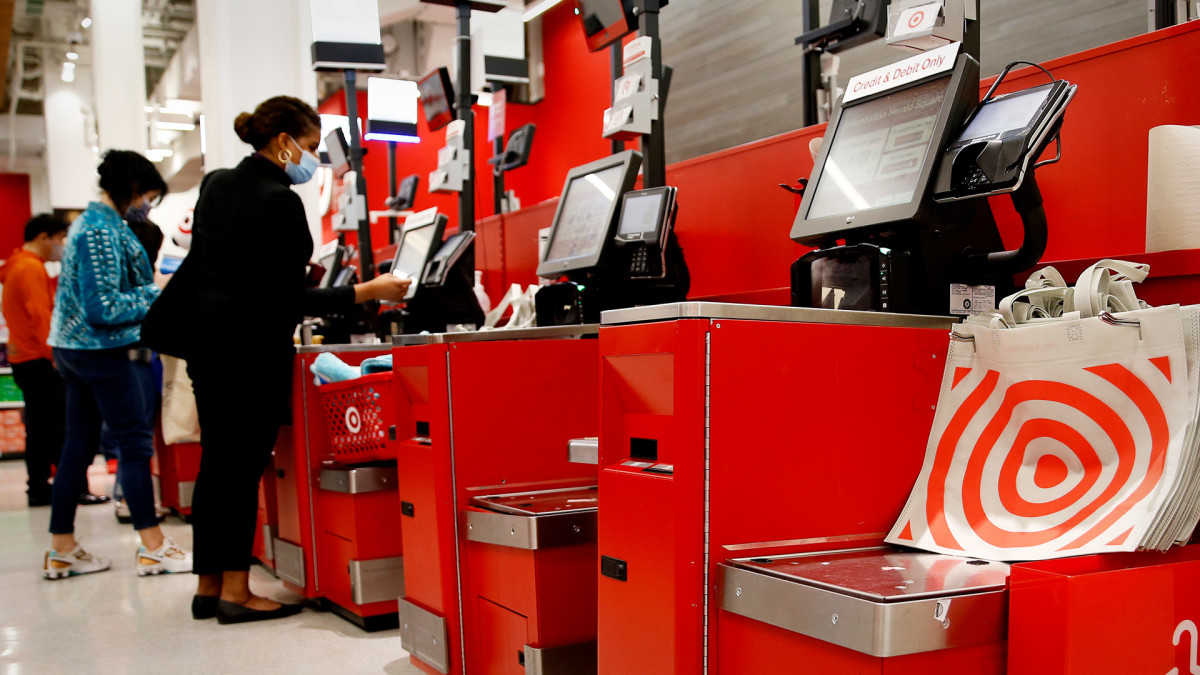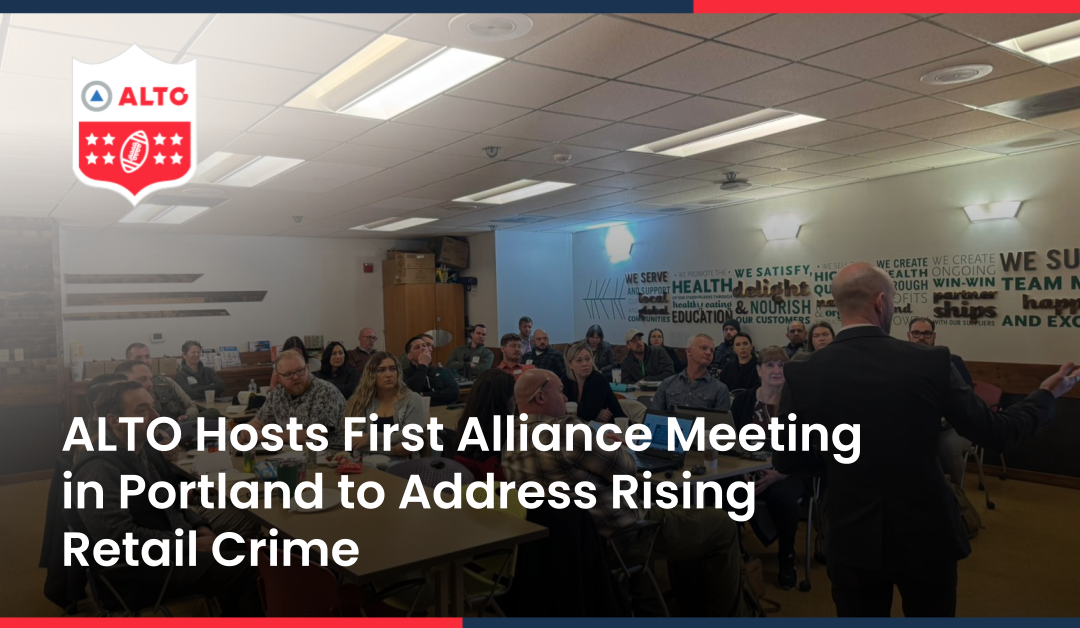Originally published January 21, 2024 on TheStreet by Daniel Kline.
Self-checkout has gone from savior to demon in the retail world. Big-name retailers including Walmart, Target, Kroger, and Walgreens thought that they could save money by having fewer traditional manned checkout stations.
Those companies, for the record, never say that they’re cutting jobs. They’re always moving labor to other parts of the store, which is sometimes true, but often not.
Adding self-checkout lanes does cut down on labor costs. The problem is that it’s a lot like saving shoes because you cut your feet off.
It’s a solution that’s worse than the problem.
Self-checkout has been a part of the retail theft situation, according to data from Everseen’s Retail Threat Curve report
“The average number of items left unscanned in the cart has increased from 1.6 to 3.8 per incident, while the average value of those items increased from $11.10 to $22.90,” the report says. It was based on data sampled from more than 1 billion transactions across the calendar year ending on Dec. 31, 2023.
Retail theft from self-checkout is growing
Cart-based loss is defined as unscanned items left in the shopping cart at the end of the payment process. While some cart-based loss is unintentional, Everseen’s analysis showed that the vast majority of cases are malicious.
“For example, a shopper might scan most of the items in the cart while leaving expensive items like alcohol and meat unscanned in the cart,” shared Everseen, a visual AI platform provider working with more than half of the top 15 retailers globally to stop shrinkage
The numbers pile up quickly if retailers don’t take steps to stop self-checkout theft from happening.
“For the average grocery store with 12 self-checkout lanes, this loss exceeds $102,000 per year, directly affecting a retailer’s earnings,” Everseen shared.
Walgreens and Target have a new partner
Both Target and Walgreens have partnered with ALTO, a service that works with retailers, law enforcement, prosecutors, nonprofit organizations, and government officials to forge strong relationships that cut down on theft in stores. The company uses a mix of technology and real-life partnerships to both attack crime at the store and community level while helping stores in court after crimes occur.
ALTO CEO Cristian Lopez answered some questions from TheStreet via email. He noted that tracking retail crime is challenging but shared that he has seen some positive news.
“Retail crime is down in some regions, but it’s rising in others, like New Je1rsey, Wisconsin, Texas, Minnesota, and Connecticut according to our incident reporting data in Q4 2022, compared to the same period in 2023,” he wrote.
That’s not the full story as not every retail crime actually gets reported to police.
“Historically, there’s a gap between actual incidents and reported incidents. Retail crime notoriously goes unreported due to the reality that retail crimes, when reported, are often relegated to low priority or not pursued at all due to stretched police resources — that’s the gap we’re trying to close and why third-party incident reporting data is an important piece of the puzzle,” he added.
Retailers also let some crime go uncontested in order to keep workers out of dangerous situations. That’s something Lopez addressed as well.
“Protecting the safety of retail employees and shoppers is the most important component — more important than defining shrink how much of it can be attributed to retail crime. Retail crimes occur, and too often endanger people every day, which is why it’s still an essential problem to solve for,” he wrote.
Walgreens and Target do not publicly comment on their specific security efforts.



